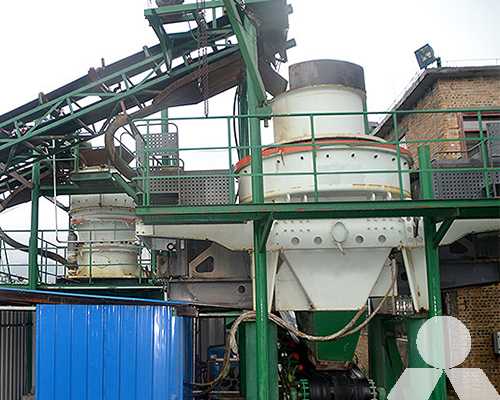How do sand making machine work?
Sand making machine, also known as vertical shaft impact crushers, are essential equipment in the construction and mining industries. They play a crucial role in producing high-quality artificial sand for various applications. Understanding the working principle of these machines is essential for anyone involved in the field of construction and mining. This article will explain the fundamental principles behind the operation of a sand making machine.

Working Principle
The primary objective of a sand making machine is to crush and shape large rocks or minerals into smaller, finer particles of sand. This is achieved through a series of carefully engineered processes. The basic working principle can be summarized as follows:
- Feeding: The process begins with the feeding of raw materials into the machine. These materials are typically large rocks or minerals extracted from quarries or mines. They are loaded into a hopper, which controls the flow of materials into the machine.
- Crushing: Once the raw materials enter the machine, they encounter a high-speed rotating rotor with a series of hammers or blades attached to it. These hammers or blades strike the raw materials, breaking them down into smaller pieces. The kinetic energy generated in this process is transferred to the particles, causing them to shatter.
- Impacting and Crushing: As the raw materials are continuously fed into the machine, they are subjected to repeated impacts and crushing actions by the rotor and the hammers or blades. This process reduces the size of the particles, creating a finer material.
- Shaping: After the initial crushing stages, the material undergoes further processing to achieve the desired shape. Sand making machines are equipped with a special chamber known as the “crushing chamber” or “impact chamber.” Within this chamber, the material is subjected to intense turbulence and multiple impacts, which help shape the particles into a cubical or angular form, resembling natural sand.
- Grading and Screening: To ensure the final product meets the required specifications, the crushed and shaped material is often screened to separate particles of different sizes. This step ensures that the produced sand is uniform and consistent in size.
- Product Collection: The final product, now in the form of high-quality artificial sand, is collected and stored for use in various applications, such as concrete production, road construction, and manufacturing.
In conclusion, sand making machines operate on a straightforward yet effective principle of crushing and shaping raw materials to produce high-quality artificial sand. These machines are essential in modern construction and mining, as they provide a reliable source of sand that meets industry standards. Understanding the working principles behind these machines helps ensure their efficient operation and the production of top-quality sand for various applications.









